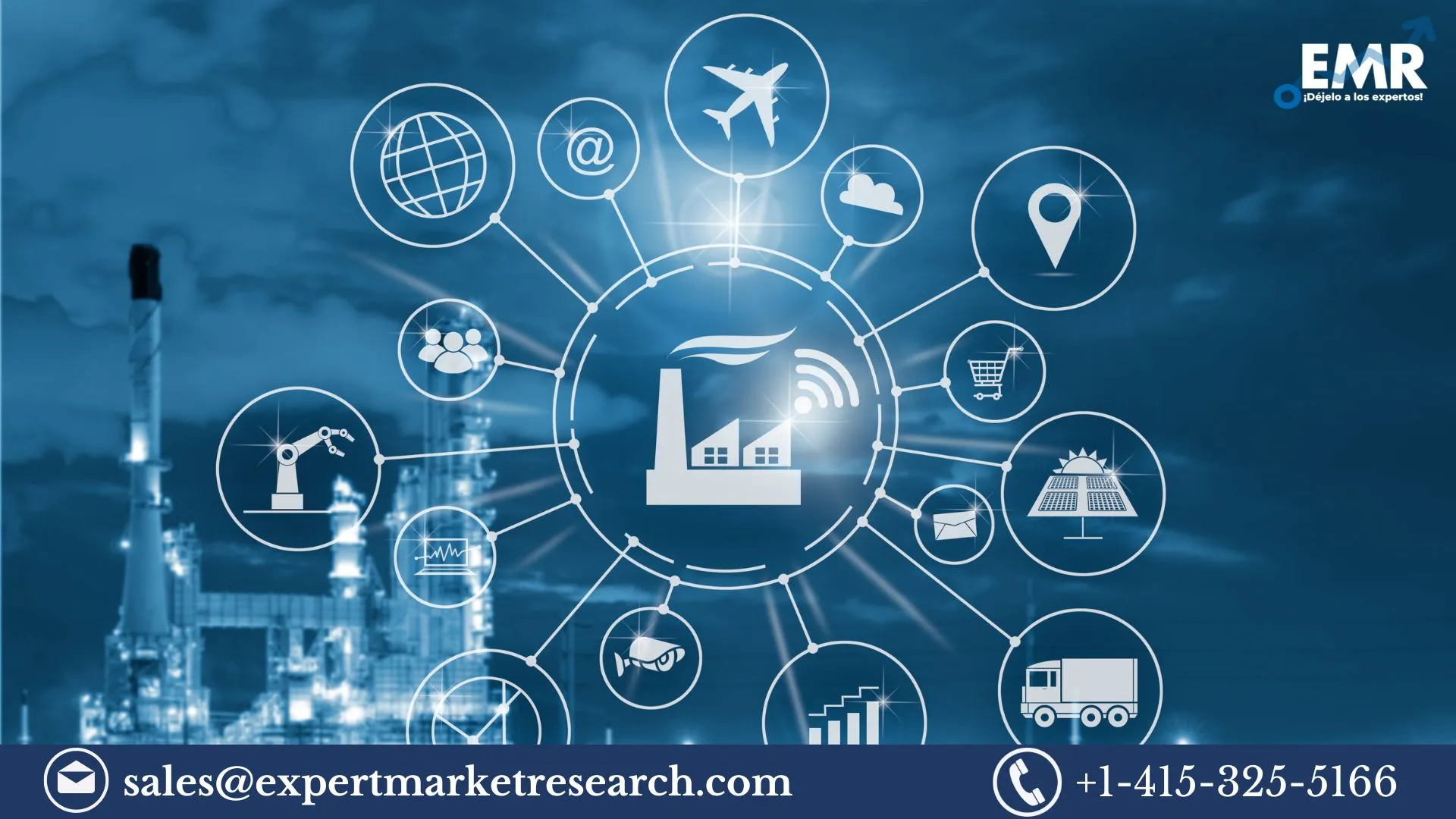
Read Time:5 Minute, 21 Second
Market Overview
The Industrial Internet of Things (IIoT) is revolutionizing industries by connecting machines, devices, and processes to gather and analyze data for improved efficiency, productivity, and decision-making. With a relentless pursuit of automation, optimization, and predictive maintenance, the global IIoT market is poised for significant growth. Let’s take a closer look at the key aspects of this evolving landscape.Industrial IoT Market Size and Share
In 2022, the global industrial IoT market achieved a substantial value of USD 81.67 billion, reflecting the rapid adoption of IoT technologies in industrial settings. This market’s share is expected to expand steadily as more businesses across various sectors recognize the potential of IoT to streamline operations and enhance competitiveness. With a projected CAGR of 6.90% from 2023 to 2028, the IIoT market is on a trajectory to reach an impressive USD 120.46 billion by 2028.Trends Shaping the Industrial IoT Market
- Edge Computing: The rise of edge computing in the IIoT landscape enables real-time data processing and analysis at the source, reducing latency and enhancing decision-making capabilities.
- 5G Connectivity: The deployment of 5G networks is unlocking new possibilities for IIoT by providing high-speed, low-latency connectivity, which is crucial for mission-critical applications.
- AI and Machine Learning Integration: The integration of artificial intelligence and machine learning algorithms enhances predictive maintenance, quality control, and anomaly detection in industrial processes.
- Security and Privacy: As IIoT adoption grows, the need for robust cybersecurity measures and data privacy safeguards becomes paramount to protect sensitive industrial data.
- Cross-Industry Collaboration: Industries are increasingly collaborating to develop IIoT solutions that can address common challenges, resulting in more comprehensive and adaptable solutions.
Industry Segmentation
The IIoT market can be segmented based on various criteria:- By Technology: Segments include hardware (sensors, actuators, and gateways), software (analytics and platforms), and services (consulting, maintenance, and support).
- By End-User Industry: IIoT finds applications in manufacturing, energy and utilities, healthcare, transportation, agriculture, and more.
- By Geography: The market varies regionally, with North America, Europe, Asia-Pacific, and other regions contributing significantly to its growth.
Market Outlook
The future of the industrial IoT market is brimming with possibilities. As industries seek to optimize operations, reduce downtime, and improve product quality, IoT solutions will become integral to their strategies. The adoption of edge computing, 5G, and AI-driven analytics will drive innovation across sectors, leading to more efficient and sustainable industries. The IoT market’s growth will not only transform industries but also create new business opportunities, from IoT device manufacturers to data analytics service providers. As businesses harness the power of connected devices and data, the IIoT will continue to evolve, contributing to economic growth and global competitiveness.Key Players in the Industrial IoT Market
Several key players are at the forefront of shaping the IIoT landscape:- Siemens AG: Siemens offers a wide range of industrial IoT solutions, including automation and digitalization technologies.
- General Electric Company: GE is a leader in providing IIoT solutions for industries like aviation, healthcare, and energy.
- IBM Corporation: IBM’s Watson IoT platform is renowned for its data analytics capabilities in industrial settings.
- Cisco Systems, Inc.: Cisco provides networking and connectivity solutions crucial for IIoT deployments.
- Honeywell International Inc.: Honeywell offers industrial IoT solutions for various industries, including aerospace, buildings, and energy.

